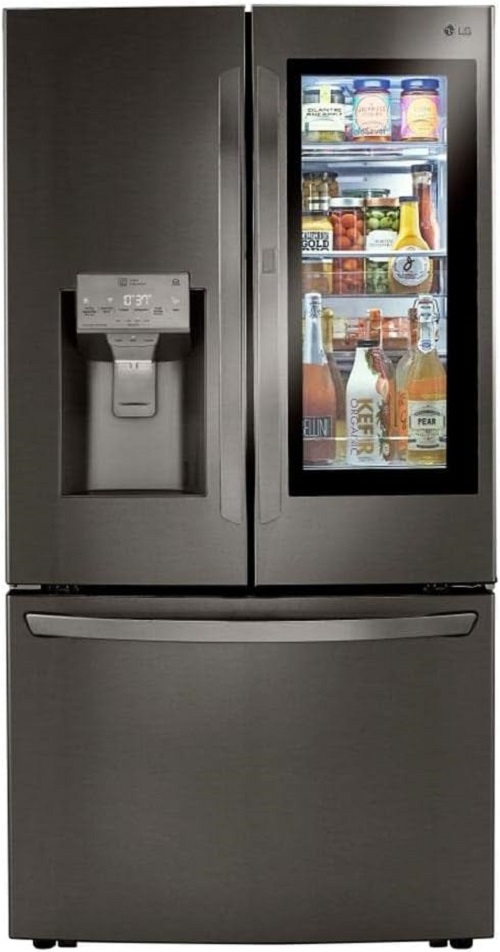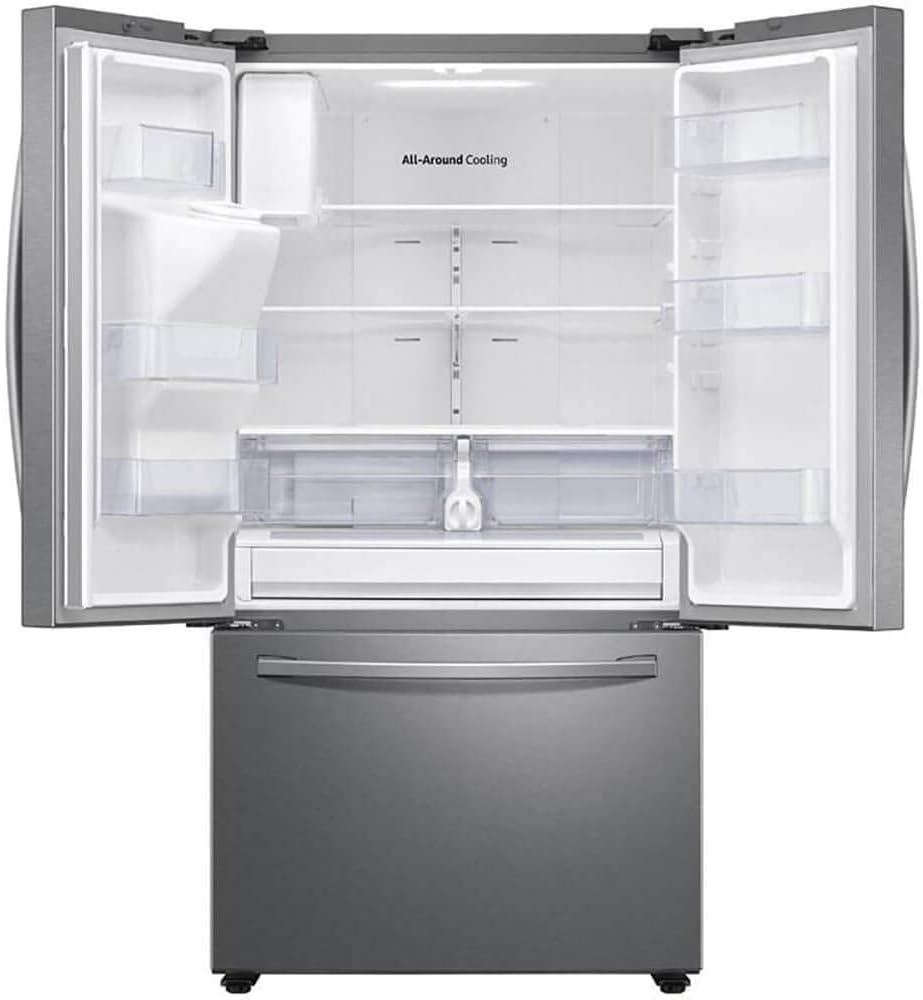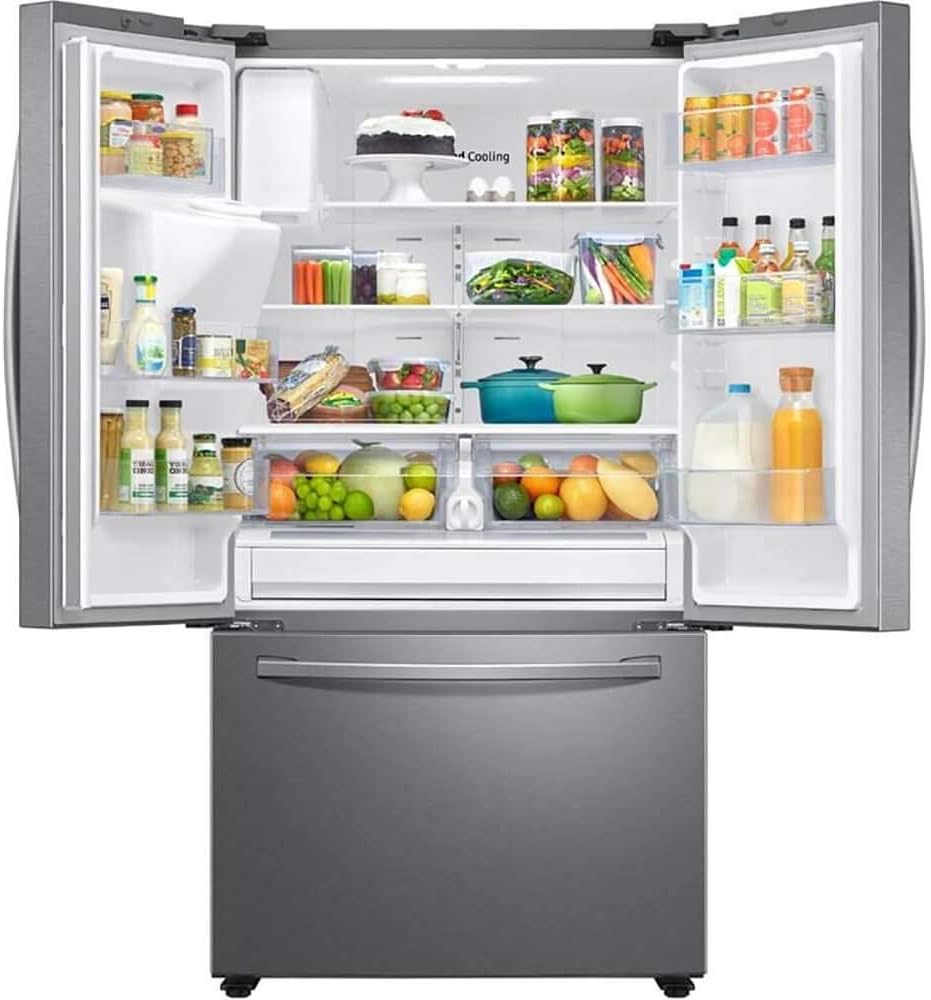Introduction:
Transporting a refrigerator requires careful consideration to ensure its safety and proper functioning. One common question that arises is whether it is acceptable to transport a fridge lying down. In this article, we will explore the factors to consider and the potential implications of transporting a refrigerator in a horizontal position. By understanding the risks and following the proper guidelines, you can make an informed decision when transporting your fridge.
Can you transport a fridge lying down?
Manufacturer’s Guidelines:
The first and most crucial step in determining whether a fridge can be transported lying down is to consult the manufacturer’s guidelines. Every refrigerator model is unique and may have specific instructions regarding transportation. The manufacturer’s guidelines will provide the most accurate and reliable information on how to safely move and transport the refrigerator.
Consider the Refrigerant System:
Refrigerators contain a refrigerant system that circulates coolant throughout the appliance to maintain proper temperature. Transporting a refrigerator in a horizontal position can potentially disrupt the refrigerant system and cause irreversible damage. When a fridge is tilted or laid flat, there is a risk of the coolant leaking into the compressor, resulting in refrigerant flow issues or compressor damage.
Size and Weight Considerations:
Transporting a refrigerator in an upright position is generally easier due to its typical dimensions and weight distribution. Laying a fridge down horizontally may require additional manpower and equipment to ensure safe handling and prevent damage. Consider the weight and size of the refrigerator when deciding on the transportation method.
Impact on Door Seals and Structural Integrity:
Transporting a refrigerator lying down can place stress on the door seals and affect the structural integrity of the appliance. When a fridge is laid horizontally, the weight of the refrigerator can exert pressure on the door seals, potentially compromising their effectiveness. Additionally, the weight distribution of the refrigerator may cause stress on other components. Transporting the fridge in an upright position helps minimize these risks.
Stability and Securement:
When transporting a refrigerator, maintaining stability and securement is crucial to prevent any movement or shifting during transit. In an upright position, it is generally easier to secure the refrigerator using straps or tie-downs, ensuring it remains stable throughout the journey. However, if the refrigerator must be transported horizontally, additional measures may be necessary to secure it properly and prevent any damage or shifting.
Professional Assistance:
Transporting a refrigerator, especially in the horizontal position, can be challenging and requires proper equipment and expertise. It is recommended to seek professional assistance or hire a moving company experienced in handling appliances. Professionals will have the necessary tools, knowledge, and techniques to transport the refrigerator safely, minimizing the risks associated with transportation.
Alternative Transport Methods:
If transporting the refrigerator in an upright position is not feasible or recommended, there are alternative methods to consider. For example, some manufacturers offer specialized transportation kits or accessories that help secure the refrigerator’s internal components during transit. These kits may provide additional protection and allow for safer transportation even when the fridge is lying down.
Stabilization and Post-Transport Considerations:
Whether transporting the refrigerator in an upright or horizontal position, it is essential to stabilize the appliance during transit to minimize movement. Additionally, after transportation, it is important to let the refrigerator stand upright for a period of time before plugging it in. This allows the refrigerant system to settle and any oil that may have entered the coolant system during transportation to drain back properly.
Proper Preparation:
Before transporting a refrigerator, regardless of its position, it is essential to adequately prepare it to minimize the risk of damage. Start by emptying the fridge of all its contents, including food items and removable shelves or drawers. Secure any loose components, such as shelves or bins, inside the refrigerator to prevent them from moving or sustaining damage during transportation. Additionally, tape or secure the refrigerator doors tightly closed to prevent them from swinging open during transit.
Secure Packaging:
To provide an extra layer of protection during transportation, consider wrapping the refrigerator in blankets or using moving pads to cushion it. This helps protect the exterior from scratches or dents that may occur during handling or if the fridge shifts during transit. Secure the packaging with straps or ropes, ensuring it is tightly held in place to prevent movement.
Careful Handling:
Regardless of the transportation position, it is crucial to handle the refrigerator with care to prevent any unnecessary jostling or dropping. When moving the refrigerator, make sure to lift it properly using proper lifting techniques, such as bending at the knees and keeping the back straight. Avoid dragging or sliding the refrigerator, as this can damage the flooring and strain the appliance.

Environmental Considerations:
Transporting a refrigerator in extremely cold or hot conditions can have adverse effects on the appliance. Extreme temperatures can impact the refrigerator’s insulation, freezer components, or electronic systems. If transporting the fridge in extreme weather conditions is unavoidable, take precautions such as insulating the appliance or providing additional temperature control during transit.
Professional Installation:
Once the refrigerator has been successfully transported to its new location, it is important to have it professionally installed. Professional installation ensures that the refrigerator is properly connected to the power source and any necessary water or gas lines. They can also ensure that the refrigerator is level and functioning correctly before use.
Allow for Settling Time:
After the refrigerator has been transported and installed, it is recommended to allow it to settle for a period of time before plugging it in. This settling time allows any oil that may have entered the coolant system during transportation to drain back properly, preventing potential damage to the refrigerant system. Consult the manufacturer’s guidelines for the recommended settling time, as it may vary depending on the specific model.

Conclusion:
Transporting a refrigerator in a horizontal position can potentially jeopardize the refrigerator’s refrigerant system, door seals, and structural integrity. To ensure safe transportation, it is generally recommended to transport the refrigerator upright and adhere to the manufacturer’s guidelines. Seeking professional assistance is also advisable when needed. If horizontal transportation becomes unavoidable, it is important to consider additional precautions, such as using specialized transportation kits or accessories. By prioritizing safety and following proper guidelines, you can safely transport your refrigerator and minimize the risk of potential damage.




